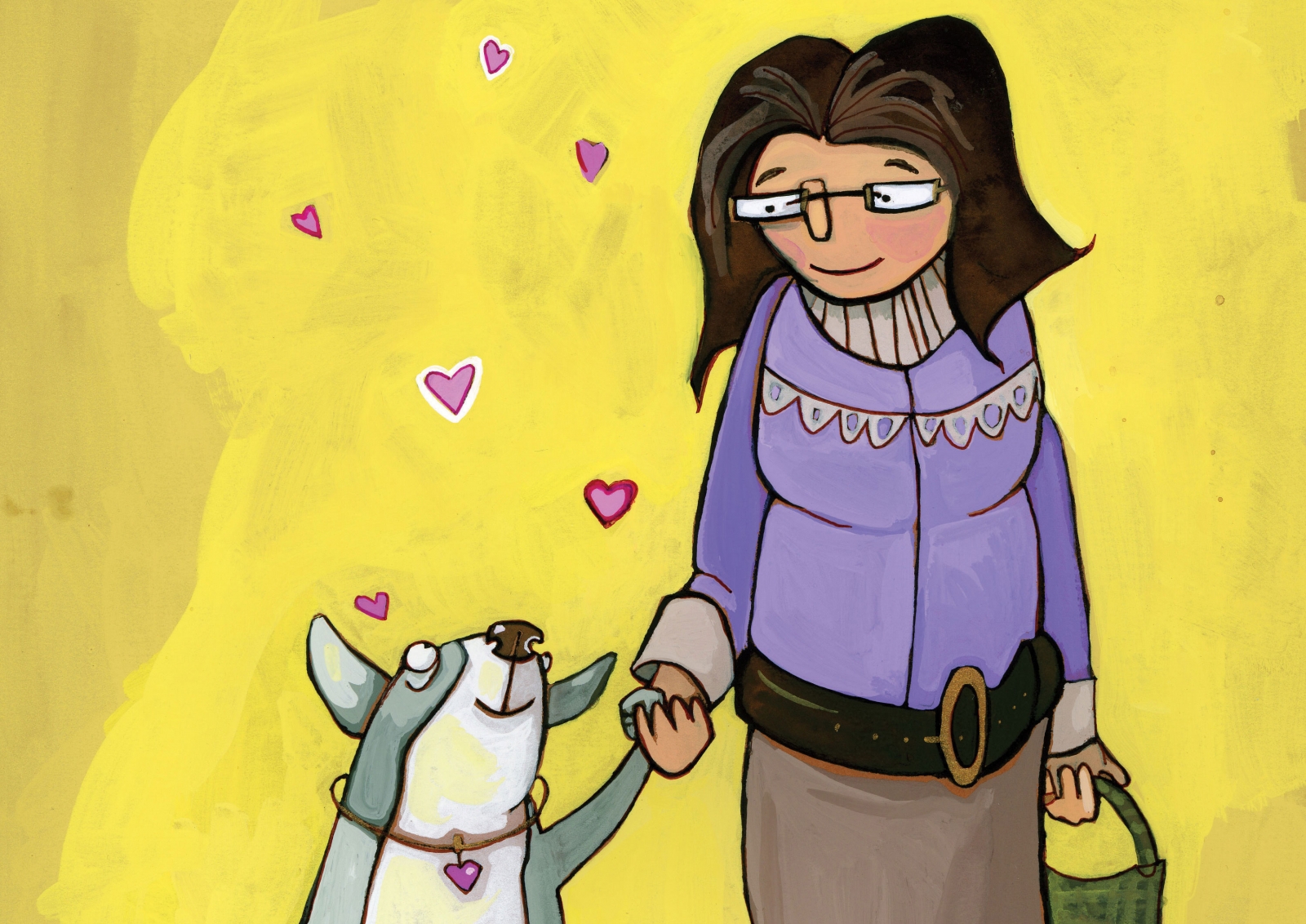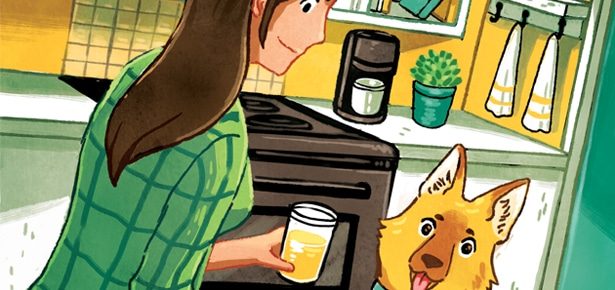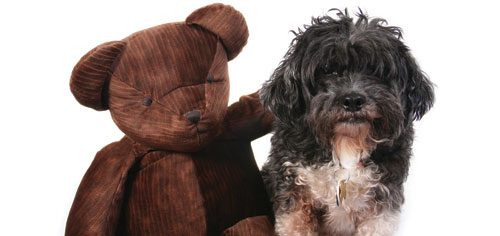

Canine Confidence: How to Help Shy Dogs
An expert action plan for helping shy dogs gain confidence
Q: After sending my pup, Gemma, on a cross-country plane ride (we were relocating), she seems to be afraid of everything, even water bottles, which she used to love playing with. She’ll turn skittish and cower until I bring over whatever she is afraid of and tell her it’s okay. She was well socialized as a pup, but ever since she took that plane ride, she seems shy and afraid. How do I earn her trust back and help her gain confidence?—Fear of Flying in Fresno
A: Sounds like Gemma is in need of some canine confidence- boosting, just like our famed friend, Scooby! There can be a couple of things going on. It’s hard to say for certain that it is specifically travel-related in origin, but it is certainly true that air travel can be noisy and unpredictable. Gemma may have been going into a developmental fear period (there are a few within the first year of life) and that may have coincided with the travel. Fear periods refer to developmental stages where dogs develop a more heightened apprehension or awareness to new stimuli.
If we look at air travel, the handling process could have been a bit overwhelming in terms of exposure to noise and objects, creating some anxiety and phobia.
First, let’s talk about the possibility of noise phobia. While water bottles are something previously predictable, perhaps the idea of it making random and unpredictable noises of varying levels has Gemma a bit apprehensive.
Dogs are also known for being object- or picture-spooky (great technical term!), meaning they see the world in pictures and when something is out of place, it can alarm them. People carrying shopping bags, wearing hats, or an item that is misplaced and out of context are the best examples of this. To a cautious and curious canine with picture sensitivities, a person carrying a bag or wearing a hat is just different. They don’t know the item is not part of their body and the picture simply does not add up to the “normal human” picture in their brain. If something is out of place in your home—could be as simple as a t-shirt thrown over a chair or strewn on the floor—suddenly the whole room can look out of sorts and cause a dog to bark or approach it slowly as if it’s a eight foot tall scary monster.
Keep Calm and Carry On
The best thing to do in all of these situations is take it slow and remain positive. Do not force Gemma to explore; let her go at her own pace. Often owners want to show a dog that an item or person is harmless and they simply pick the dog up and take her over to the item. This approach can backfire and create a dog who is more fearful and feels less in control.
Redirect and Make it Positive
Most often, nothing good comes from a dog fixating on items that scare her. Think of when we fixate on a noise in the house that gave us a fright. It’s often better (and certainly more productive) to just move on.
Instead of allowing a stare down or “solve the caper of mystery chair monster,” I recommend redirecting Gemma’s focus to you or something she likes. “Gemma, look!” in a cheery voice, followed by the toss of her favourite toy or morsel of food. Pairing things that make your dog a little nervous with things that make her happy will help her feel confident. Using Scooby as our comparison—remember how quickly Scooby turned brave when he was offered a morsel? Well, while a little exaggerated, the cartoon makers were onto something!
Soon your Scooby will recognize that “Eek, what’s that?!” is not the most terrible thing in the world as it usually quickly translates to “Ooh, my awesome toy or Scooby snack just appeared!”
Classes for Confidence
Enroll in a fun class like dog agility, where Gemma will be introduced to an obstacle course with jumping, climbing, teeter totters, and tunnels. Be sure to tell the trainer you are simply looking to do this for fun and confidence boosting, not competitive reasons. Tell the trainer you want to take it slow for Gemma’s sake. Teaching her to happily approach, touch, and explore new surfaces can really help.
Join the newsletter and never miss out on dog content again!
"*" indicates required fields
By clicking the arrow, you agree to our web Terms of Use and Privacy & Cookie Policy. Easy unsubscribe links are provided in every email.





